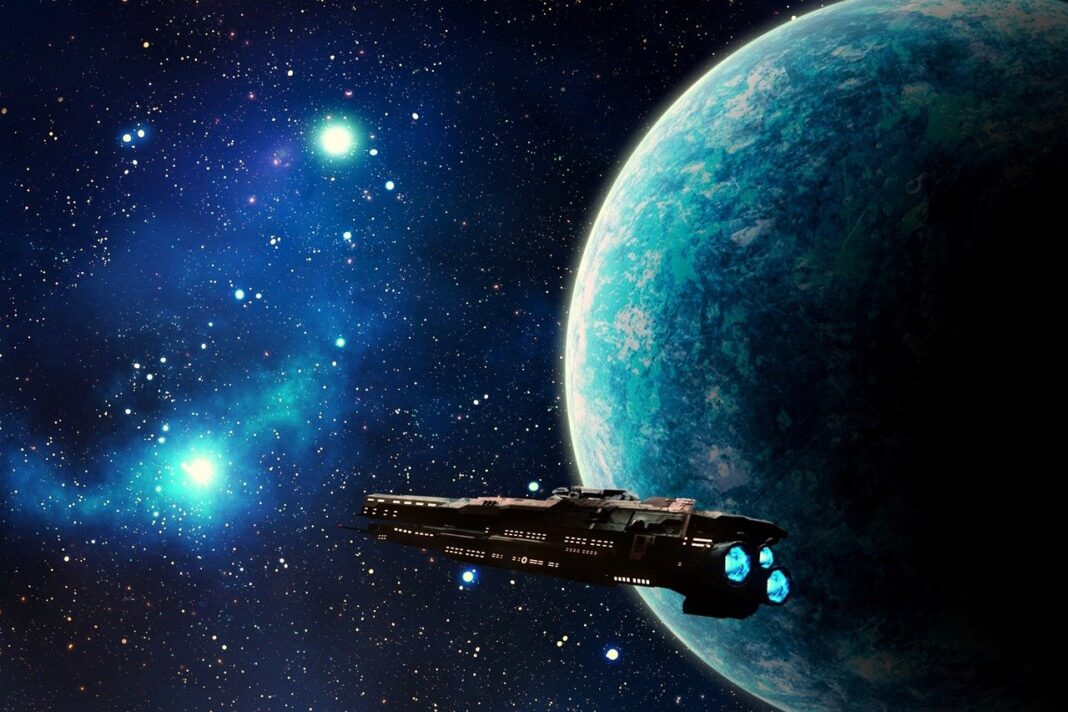The dark void of outer space is an astounding and also mysterious place. Though we have made a lot of discoveries about the world around us, there are still so many questions left unanswered and so many more things to explore. Today, we know quite a few facts about outer space and continue to gain more knowledge as new research is conducted and more technology is built. So, without further delay, here are a few recent discoveries about outer space that might blow your mind.
1. The entire human population weighs the same as one teaspoon of neutron star.
Neutron stars are extremely dense with a lot of particles packed together so tightly in a small amount of volume. On earth, just one teaspoon of this material would weigh more than the entire human population. This density actually comes from the star’s formation
2. The moon is shaped like a lemon.
Most believe that the moon is perfectly spherical, and though it may seem this way from earth, research shows that the moon is actually shaped like a lemon. This means that it has a kind of flattened pole shape on both sides around its equator. This odd shape dates back to the time when the moon was first formed, and was created due to it’s interactions with the earth at that stage.
3. Since it’s discovery, Neptune has only made one full orbit around the sun.
As it is the farthest planet from the sun in our solar system, it takes Neptune a whopping 165 years to fully complete an orbit around the sun. Neptune was discovered in 1846 and so has only completed one orbit around the sun since it’s discovery, which was in 2011. Even more shocking is that Pluto, now classified as a dwarf-planet, is nowhere near close to finishing one full orbit, which takes 248 years, since it’s discovery in 1930.
4. Space does have gravity.
Contrary to popular belief, there is actually gravity in space, though in small amounts. Gravity is what causes planets to orbit the sun and what causes the Moon to orbit Earth. The international space station has gravity as well, however due to it’s altitude, the gravity in the ISS is about 90% of the gravity we experience on earth.
5. Our days are getting longer.
Earth’s spinning motion is slowing down every year, though not as quickly as you might expect. Every year it takes the earth a little longer to finish one full turn around its axis. This change is quite small, for every century that passes, the earth slows down around 1/500th of a second.

